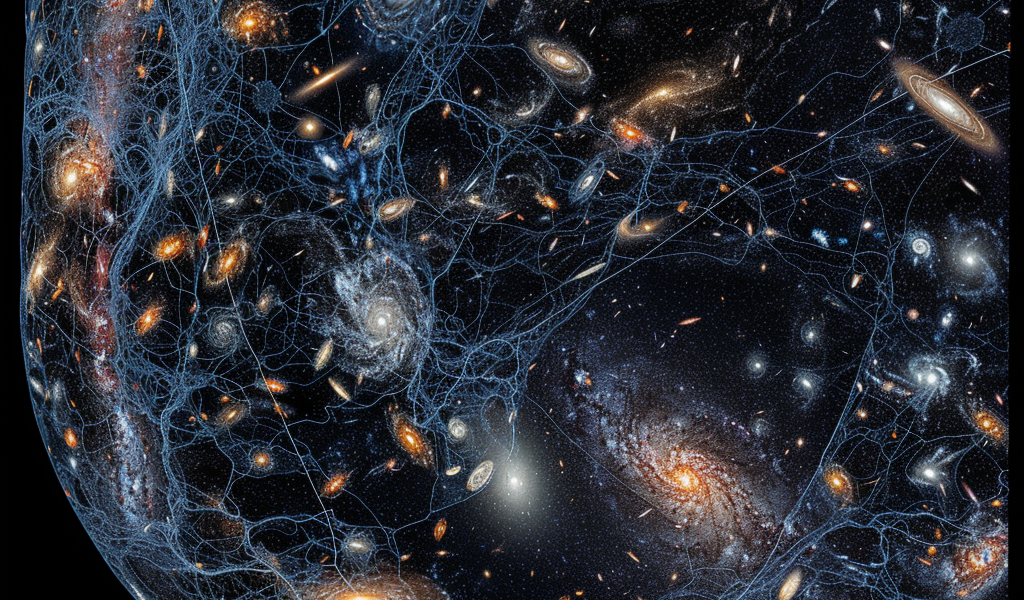ESA’s Euclid Mission Unveils Initial Cosmic Map
On October 15, 2024, the European Space Agency (ESA) unveiled the first glimpse of its ambitious cosmic atlas through the Euclid space mission. This groundbreaking revelation was made during the International Astronautical Congress held in Milan, Italy, where ESA’s Director General, Josef Aschbacher, and Director of Science, Carole Mundell, presented the initial findings.
The newly released cosmic map is a stunning mosaic composed of 208 gigapixels, showcasing millions of stars and galaxies. The mosaic is a result of 260 observations conducted between March 25 and April 8, 2024. Over a span of just two weeks, Euclid managed to cover an impressive 132 square degrees of the Southern Sky, an area more than 500 times larger than that of the full Moon.
This initial mosaic represents a mere 1% of the extensive survey that Euclid is set to complete over the next six years. The mission aims to meticulously observe the shapes, distances, and motions of billions of galaxies, extending out to an astonishing 10 billion light-years. Through this extensive survey, Euclid is on track to create the largest three-dimensional map of the cosmos ever produced.
The first piece of the cosmic puzzle already comprises approximately 100 million celestial sources, including stars from our own Milky Way and galaxies that lie beyond. Among these, around 14 million galaxies are expected to provide crucial insights into the elusive phenomena of dark matter and dark energy, which play a significant role in shaping the Universe.
Valeria Pettorino, the Euclid Project Scientist at ESA, expressed excitement about the initial findings, stating, “This stunning image is the first piece of a map that in six years will reveal more than one third of the sky. This is just 1% of the map, and yet it is full of a variety of sources that will help scientists discover new ways to describe the Universe.”
Euclid’s advanced cameras have captured an extraordinary number of celestial objects with remarkable clarity. The mosaic allows for deep zooms, revealing intricate structures within spiral galaxies, even when enlarged by 600 times compared to the original view.
Among the special features visible within the mosaic are faint clouds interspersed among the stars of our galaxy. These clouds, which appear light blue against the dark backdrop of space, consist of a combination of gas and dust. Referred to as “galactic cirrus,” they resemble cirrus clouds and are detectable by Euclid’s highly sensitive visible light camera, which picks up the optical light reflected from the Milky Way. Additionally, these clouds emit far-infrared light, which has been observed by ESA’s Planck mission.
The mosaic released serves as a tantalizing preview of the wealth of data that the Euclid mission is expected to provide in the coming years. Since the commencement of its routine scientific observations in February, Euclid has already completed 12% of its survey. A further release of 53 square degrees from the survey, including a sneak peek at the Euclid Deep Field areas, is scheduled for March 2025. The first year of cosmology data from the mission is anticipated to be made available to the scientific community in 2026.
As the Euclid mission progresses, astronomers and scientists are eager to delve deeper into the vast expanse of the Universe, unlocking new mysteries and expanding our understanding of the cosmos.





